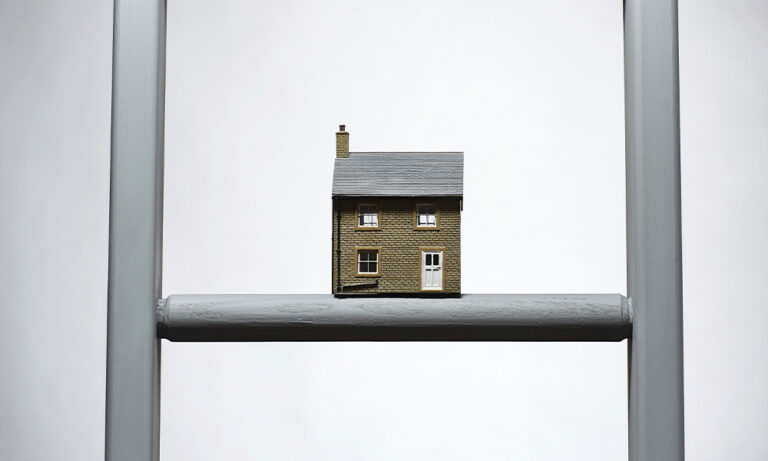Originally introduced for the social housing sector, Awaab’s Law requires landlords to address reported damp and mould issues within specific timeframes.
The government has recently announced plans to extend these requirements to the private rental sector as part of its Renters Rights Bill. Although it is still in the very early stages, Awaab’s Law will change how you let and so it’s important to prepare for this now.
In order to meet these obligations, effective property management is needed but we can help. Coming up, we outline what Awaab’s Law contains and how, if the bill passes, it may apply to private landlords.
Find help with managing your let
What is Awaab’s Law?
Awaab’s Law was proposed in response to the tragic death of two-year-old Awaab Ishak in 2020. The toddler’s death, caused by excessive mould in his social housing property, highlighted the urgent need for stricter regulations on property maintenance and tenant safety.
Under Awaab’s Law, landlords are required to fix reported damp and mould within strict time limits. The Labour government aims to hold private landlords to the same high standards with its proposed roll out to private lets.
How does Awaab’s Law work in the social housing sector?
Landlords must act within two weeks of receiving a complaint.
Landlords must start an investigation within 14 days of receiving a tenant’s complaint about dampness or mould. If the hazard is non-urgent, landlords will have seven days to take action to fix it. If it poses a real risk to tenants, landlords have just 24 hours to address it.
Speak to your local agent to find out how we can help.
Alternative accommodation must be provided
If a property cannot be made safe within the prescribed timescales, landlords must provide suitable alternative accommodation for tenants.
Tenant reports should be supplied
Landlords are required to provide tenants with detailed reports of investigation findings, promoting transparency and communication.
Speak to your local branch for help with making your let compliant
When will Awaab’s Law apply to private landlords?
It’s important to recognise that exactly how Awaab’s Law will apply to private rentals is still not known, As one of many items in the Renters Rights Bill, which is still in its draft phase, it is not yet known how it will work in practice. We’ll keep this page updated once a timeline for implementation is known.
How to prepare for Awaab’s Law
If you’re a private landlord in England, you should start preparing for Awaab’s Law as early as you can. Here are some steps to consider:
Conduct regular property inspections and document everything
Implement or add to your routine inspection schedule to identify and address potential issues before they become hazardous. Bear in mind, it shouldn’t just be left to tenants to report issues. Keep detailed records of inspections, reports, and actions taken to address issues.
Establish clear communication channels with tenants
Give tenants an easy way to report issues and that you have a system in place to respond promptly. The best way to do this is to work with a letting agent since they’ll have a process in place where problems can be reported and solved within a pre-agreed timeframe.
Develop a rapid response plan
Create a strategy for quickly addressing reported issues. Always keep a note of the partnerships you have with reliable contractors, including their response times and contact details.
Educate your tenants
Provide information on preventing and identifying damp and mould, as well as the importance of prompt reporting. Tenants may not be up to speed with the new legislation so forward this article to them for their reference.
Stay informed
Keep up-to-date with the latest developments and requirements related to Awaab’s Law and broader rental reforms. The easiest way to do this is to work with your local agent. With a range of tailored letting services available, you’ll have the flexibility to choose the package that suits you and your lets.
What happens if landlords don’t comply with Awaab’s Law?
Failing to address mould and damp issues within an acceptable time frame can have serious consequences, as social housing landlords have found out:
Council intervention
Tenants may report issues to the local council, potentially leading to environmental health inspections and enforcement notices.
Restricted eviction rights
Landlords served with improvement or enforcement notices may be unable to serve valid Section 21 notices for six months.
Legal complications
Non-compliance can lead to delays, additional costs, and potential tenant counterclaims in possession proceedings.
By understanding and preparing for Awaab’s Law, landlords can rest assured that they’re providing safe, healthy homes for tenants while protecting their own interests and complying with legal requirements.
For help with keeping your lettings portfolio compliant with this and any future legislation, speak to your local branch.




